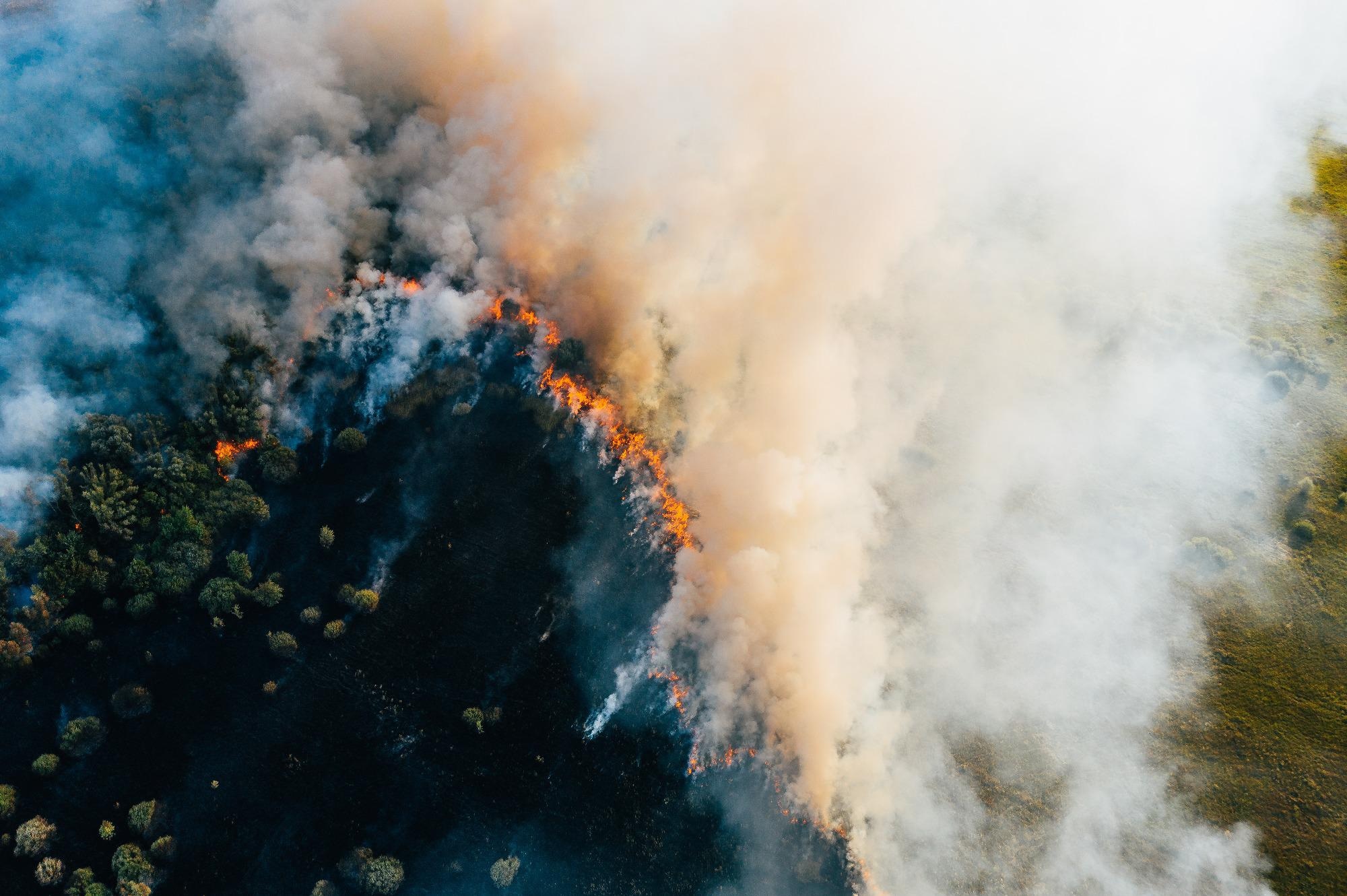The frequency of wildfires is steadily rising as climate change creates increasingly favorable conditions for such conflagrations. Dry leaves and plant life, a lack of soil moisture, and increased temperatures amongst other conditions provide fuel for such infernos and have significantly increased what is known as wildfire season.

Image Credit: Shutterstock.com / DedMityay
This is especially the case in the Western United States, with particularly devastating wildfires seen over recent years in areas like California. In this region alone, during 2020 wildfires cost an estimated 12 billion USD, injuring 37 people and claiming the lives of a further 33 individuals. And with this, a decidedly global problem, efficient and effective methods of combating wildfires are urgently required.
The monitoring of fires is commonly carried out by satellite imaging and with remote camera technology, but these methods have serious drawbacks. Often weather conditions can obscure the view of such devices allowing fires to grow to unmanageable sizes before they are spotted.
A new study by researchers at King Abdullah University of Science and Technology (KAUST) suggests using unmanned aerial vehicles (UAV) and ground-based detectors to combat wildfires. The study, published in the IEEE: Internet of Things Journal, emphasizes that rather than use these methods in isolation, they should be employed in conjunction to help firefighters and emergency workers battle conflagrations.
A vast array of these devices would link up to form a network of sensors — or an ‘Internet of Things (IoT)’ to detect the early signs of fire — namely heat and smoke — with UAVs buzzing above these monitors, sucking up data and relaying it to control centers.
Deploying a massive number of low-cost IoT sensors through the forest allows for early wildfire detection at the sensor level. To guarantee that IoT devices are low cost and have a simple structure, UAVs can be utilized.
Osama Bushnaq, the study’s lead author and a Ph.D. graduate, KAUST
Making Wildfire Monitoring Inexpensive and Efficient
The reason the authors suggest a team-up between ground-based sensors and UAVs is the reduction of cost. While inexpensive sensors are available, these low-cost devices lack computational and battery power to communicate with a fire control center across a large network.
Bushnaq adds that the UAVs could fly across forests collecting data from the sensors below them. This results in a low-cost system UAV-IoT network with a simple yet effective structure.
“UAV-IoT networks are rapidly advancing, allowing for ubiquitous application at declining deployment cost,” adds Tareq Al-Naffouri of the Computer, Electrical and Mathematical Sciences and Engineering (CEMSE) division of KAUST.
To demonstrate the effectiveness of the UAV-IoT network in the detection of wildfires, the team simulated such a situation and let the technology go to work.
Optimizing a UAV-IoT Network for Wildfire Detection
With the UAV-IoT network set up in such a way that the IoT sensors detect the telltale signs of a fire and then transmit this data to UAV passing over forest canopies, the researchers found what they believe is the ideal recipe for such a system.
What they discovered is, perhaps, unsurprisingly the more UAVs that were deployed and available to receive data, the better the system performed. But, the results weren’t completely straightforward and delivered at least one surprise that defied expectations.
“Surprisingly, our analysis shows that increasing IoT devices’ density beyond a threshold does not improve wildfire detection probability,” says Bushnaq. What this means is there was a limit to how many sensors could be deployed before the system’s capability to monitor a forest was negatively impacted.
The team puts this cap on sensor numbers down to the amount of time that the UAVs have to spend at each sensor collecting data in each individual location.
The UAV-IoT system demonstrated that in a localized area, it could outperform satellite monitoring systems. Yet, the fact that a system like that suggested by the researchers can only really monitor a limited forest area means that satellite monitoring of potential wildfires, which can cover a much wider region, is still a necessity.
Thus, Bushnaq and his team hope that UAV-IoT technology like that they tested could one day be teamed with satellite-based monitoring to provide a more all-compassing wildfire detection platform.
UAV-IoT networks will be complementary to satellite imaging. The UAV-IoT network would be particularly suitable for wildfire detection in high-risk regions, such as near human settlements and national parks.
Tareq Al-Naffouri, Computer, Electrical and Mathematical Sciences and Engineering (CEMSE) division, KAUST
Disclaimer: The views expressed here are those of the author expressed in their private capacity and do not necessarily represent the views of AZoM.com Limited T/A AZoNetwork the owner and operator of this website. This disclaimer forms part of the Terms and conditions of use of this website.
Sources:
Bushnaq. O. M., Chaaban. A., Al-Naffouri. T., ‘The Role of UAV-IoT Networks in Future Wildfire Detection,’ IEEE Internet of Things Journal, [doi: 10.1109/JIOT.2021.3077593.]